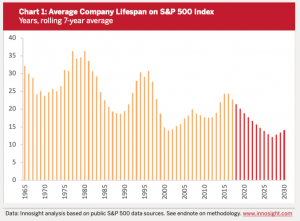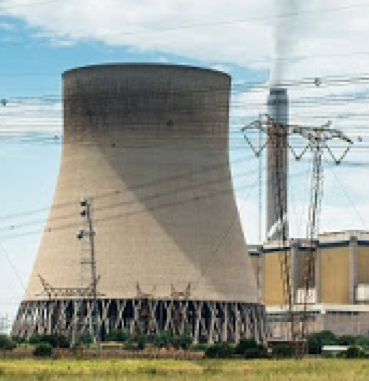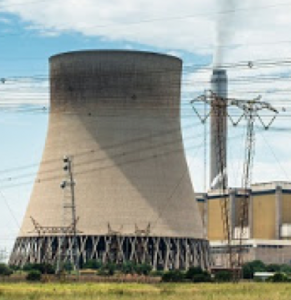
The average lifespan of the largest 500 listed companies in the USA, referred to as the S&P 500, has decreased from an average of over 35 years in 1980 to just over 20 years currently. It is projected to drop to below 15 years by 2025. Companies may fall out of the S&P 500 for various reasons. They could be replaced by other companies who exceed its size. Companies could be acquired or undergo a merger. Listed companies could go bankrupt. They could also be acquired by private equity firms. The 10 largest listed companies globally at 18 September 2019 were:
- Microsoft (US$1.048 trillion*)
- Apple (US$1.003 trillion)
- Amazon (US$899 billion)
- Alphabet aka Google (US$851 billion)
- Facebook (US$534 billion)
- Berkshire Hathaway (US$516 billion)
- Alibaba (US$464 billion)
- Tencent (US$417 billion)
- VISA (US$382 billion)
- JPMorgan Chase (US$378 billion).
* A trillion is a million million or 1,000,000,000,000
Microsoft is the only current top 10 listed company by value that was in the top 10 in 2009 and twenty years ago (1999). Facebook was not around 20 years ago – it was incorporated in 2004, which seems hard to believe given how ubiquitous it is. Alphabet and Tencent were founded in 1998. Alibaba, the Chinese behemoth, was started in 1999.
The composition of the top 10 has changed significantly over the decades. Today, it is dominated by technology and social media groups. Fifteen years ago, there was no particular trend. Back in 2004, General Electric was top of the pile at US$319 billion, followed by Exxon at US$283 billion and Microsoft (US$282 billion). My goodness, times have been tough recently for General Electric with all sorts of allegations of financial reporting scandals. This iconic group is in tatters and way past its glory days.

The above picture was sourced from www.visualcapitalist.com
What has been the primary driver of our changing business landscape? I believe the advent of the internet in the early 1990s and the launch of the iPhone in 2007 changed the world of business. Groups such as Alphabet, Tencent, Alibaba and Facebook would not be around in a universe without the internet. Arguably, Amazon would be a shadow of its self without connectivity. Smartphones have also been a game changer allowing all sorts of apps to make our lives easier and more efficient. Imagine a world without Uber or Netflix?
I wonder which of the current top ten listed companies will be around in twenty years time. How many will still be amongst the most valuable companies on the planet? I am guessing that Amazon, Alphabet, Apple and Microsoft will be. It is difficult to consider a world without Google and Amazon given their market dominance. Apple and Microsoft are probably going to be around given the sheer size of their war chests – Apple had US$237 billion of cash or near cash at September 2018 whilst Microsoft had US$60 billion. Apple will be able to sustain an iPhone flop or two with that type of money.
So what will be the driving forces of the next 5, 10 or 20 years? We keep hearing about the fourth industrial revolution (4IR). The advent of artificial intelligence, robotics, the internet of things, quantum computing, blockchain, virtual reality and 3D printing etc. are being touted as the next wave of technology disruption and change. It is hard to argue against this. However, there are other developments which may change the world of business. Cleaner energy sources such as solar PV may fundamentally disrupt the existing electricity generation industry. Pray this happens sooner rather than later. Self driving vehicles (arguably an aspect of 4IR) and electric vehicles could also profoundly change the automotive retail and fuel industries. I certainly will not be including shares in coal mines, petroleum companies, shopping malls or automotive retail groups in my meagre personal portfolio over the next couple of years. Exciting times are ahead and I look forward to watching the rise of new giants in the years to come.
Take care out there.
Regards from BeechieB.



Recent Comments